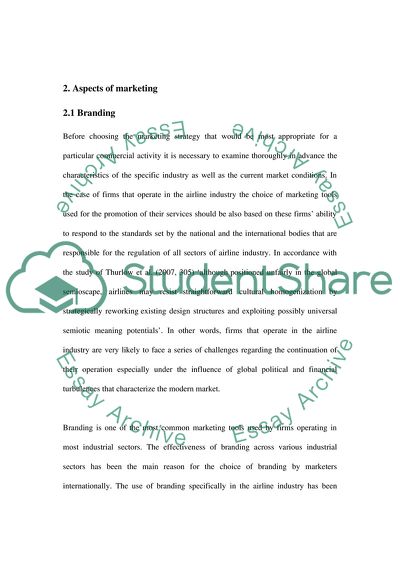Cite this document
(Internet Marketing Case Study Example | Topics and Well Written Essays - 2750 words, n.d.)
Internet Marketing Case Study Example | Topics and Well Written Essays - 2750 words. https://studentshare.org/marketing/1714320-internet-marketing
Internet Marketing Case Study Example | Topics and Well Written Essays - 2750 words. https://studentshare.org/marketing/1714320-internet-marketing
(Internet Marketing Case Study Example | Topics and Well Written Essays - 2750 Words)
Internet Marketing Case Study Example | Topics and Well Written Essays - 2750 Words. https://studentshare.org/marketing/1714320-internet-marketing.
Internet Marketing Case Study Example | Topics and Well Written Essays - 2750 Words. https://studentshare.org/marketing/1714320-internet-marketing.
“Internet Marketing Case Study Example | Topics and Well Written Essays - 2750 Words”. https://studentshare.org/marketing/1714320-internet-marketing.


